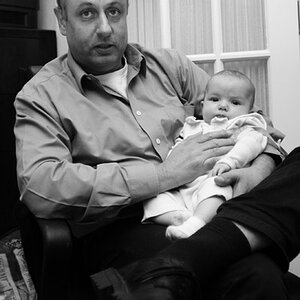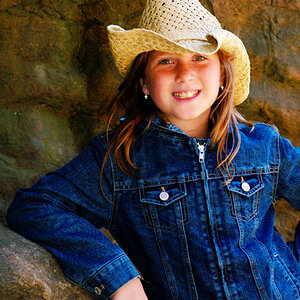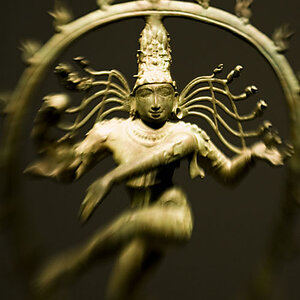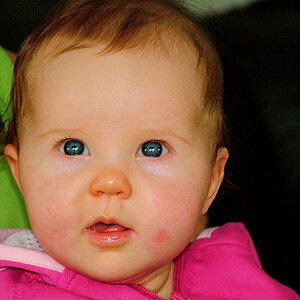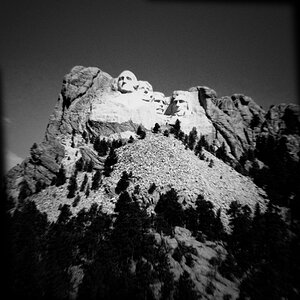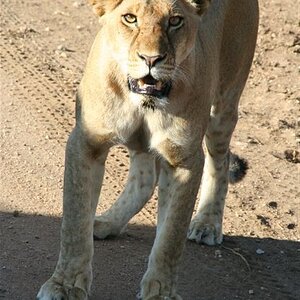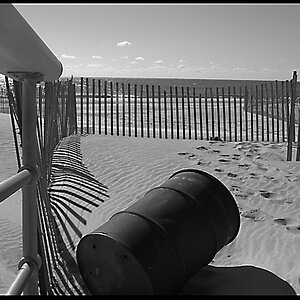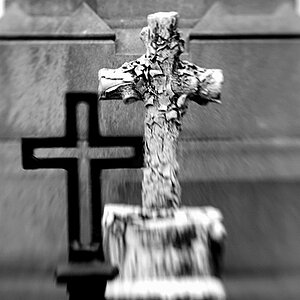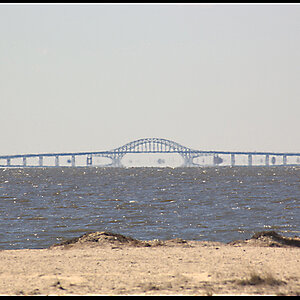birdfish
TPF Noob!
- Joined
- Jul 10, 2011
- Messages
- 125
- Reaction score
- 9
- Location
- Georgia
- Can others edit my Photos
- Photos OK to edit
Okay let's say I want a shall DOF, so I set a low f#. I look through the viewfinder, compose my shot, and then adjust my dial to 0. Does that guarantee my image is going to be exposed correctly every single time if I follow this logic? There is no way it can be that easy.


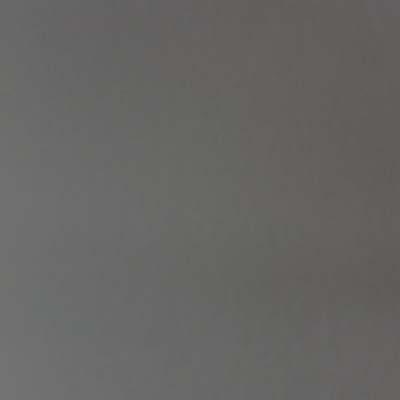
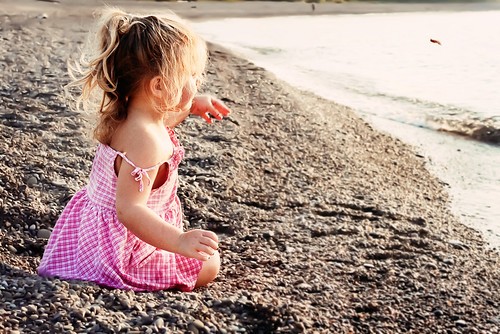
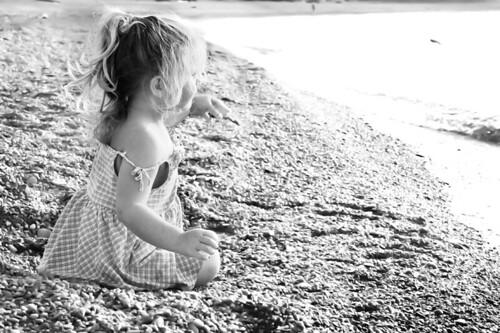

![[No title]](/data/xfmg/thumbnail/30/30863-8c53522e4ed851e96cb7411e74b9fe59.jpg?1619734482)
